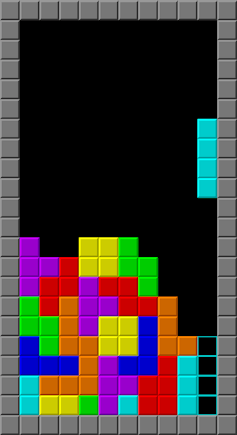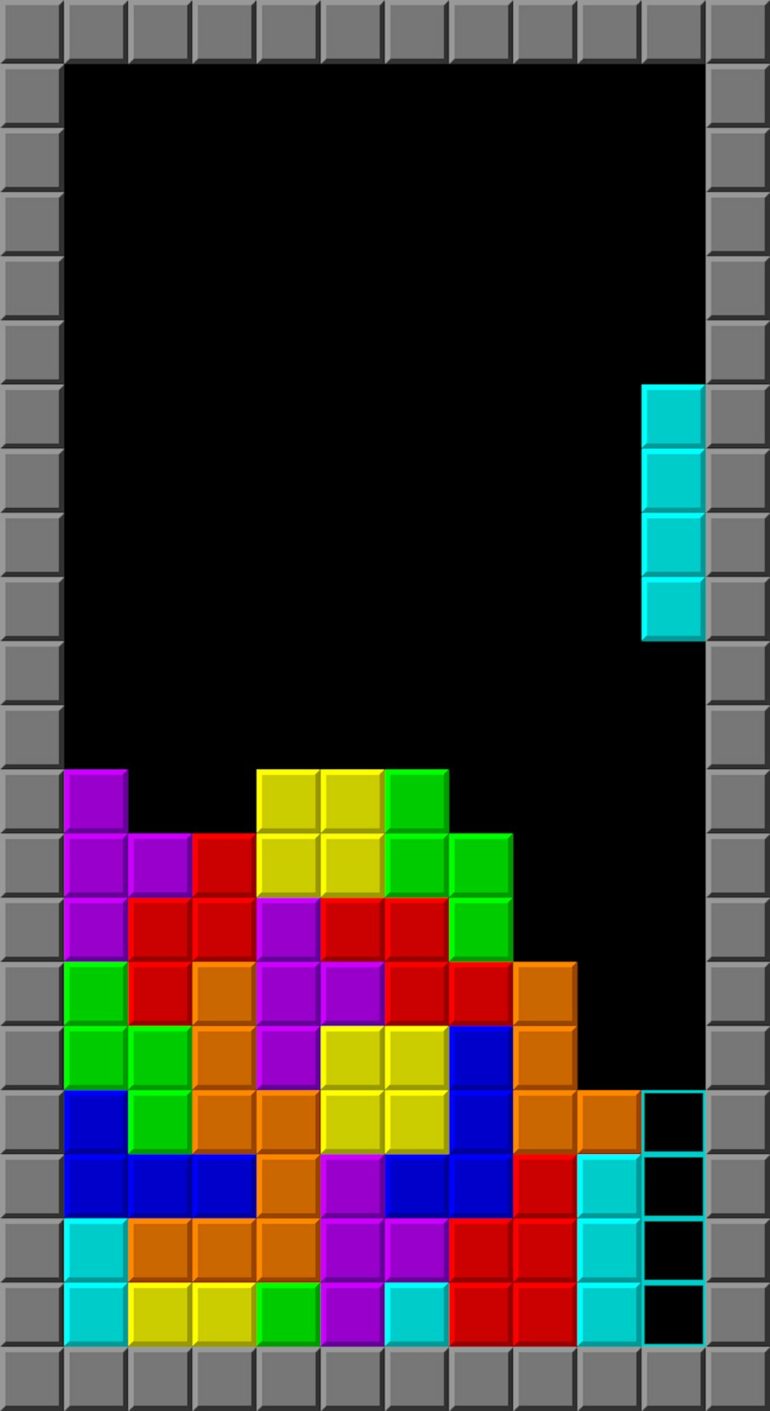With its bright colors, easy-to-learn rules and familiar music, the video game Tetris has endured as a pop culture icon over the last 40 years. Many people, like me, have been playing the game for decades, and it has evolved to adapt to new technologies like game systems, phones and tablets. But until January 2024, nobody had ever been able to beat it.
A teen from Oklahoma holds the Tetris title after he crashed the game on Level 157 and beat the game. Beating it means the player moved the tiles too fast for the game to keep up with the score, causing the game to crash. Artificial intelligence can suggest strategies that allow players to more effectively control the game tiles and slot them into place faster – these strategies helped crown the game’s first winner.
The Las Vegas sphere lit up with a massive game of Tetris in January 2024. The game’s appeal spans generations.
But there’s far more to Tetris than the elusive promise of winning. As a mathematician and mathematics educator, I recognize that the game is based on a fundamental element of geometry, called dynamic spatial reasoning. The player uses these geometric skills to manipulate the game pieces, and playing can both test and improve a player’s dynamic spatial reasoning.
Playing the game
A Russian computer scientist named Alexey Pajitnov invented Tetris in 1984. The game itself is very simple: The Tetris screen is composed of a rectangular game board with dropping geometric figures. These figures are called tetrominoes, made up of four squares connected on their sides in seven different configurations.
The game pieces drop from the top, one at a time, stacking up from the bottom. The player can manipulate each one as it falls by turning or sliding it and then dropping it to the bottom. When a row completely fills up, it disappears and the player earns points.
As the game progresses, the pieces appear at the top more quickly, and the game ends when the stack reaches the top of the board.
Dynamic spatial reasoning

A Tetris board.
Brandenads/Wikimedia Commons
Manipulating the game pieces gives the player an exercise in dynamic spatial reasoning. Spatial reasoning is the ability to visualize geometric figures and how they will move in space. So, dynamic spatial reasoning is the ability to visualize actively moving figures.
The Tetris player must quickly decide where the currently dropping game piece will best fit and then move it there. This movement involves both translation, or moving a shape right and left, and rotation, or twirling the shape in increments of 90 degrees on its axis.
Spatial visualization is partly inherent ability, but partly learned expertise. Some researchers identify spatial skill as necessary for successful problem solving, and it’s often used alongside mathematics skills and verbal skills.
Spatial visualization is a key…



